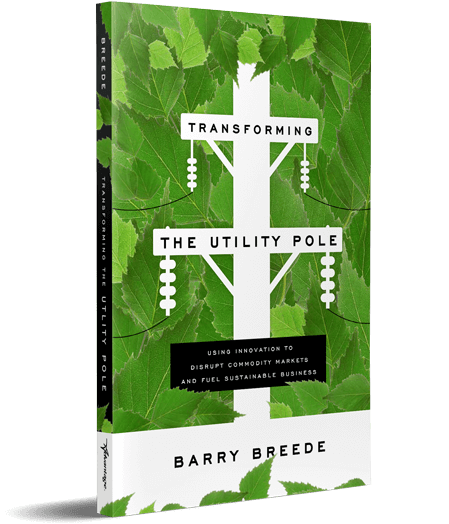There’s a debate amongst geologists and environmentalists about the impact of humans and how to label this period of impact in Earth’s history. According to the Smithsonian Magazine, the term being discussed amongst scientists is, “… ‘Anthropocene’ – from anthropo, for ‘man’ and cene, for ‘new’ – because human-kind has caused mass extinctions of plant and animal species, polluted the oceans and altered the atmosphere, among other lasting impacts.”
There’s no question that our impact on the environment has been significant and that those changes have and will continue to affect the planet. As an industry, we see this in the kind of energy that is produced and in the disposal of resources used in the process.
Where does all that waste go? What is done with resources that no longer fulfill the useful life determined by the utility? Traditionally it’s been hauled off to the dump along with every other human-beings’ garbage. The problem is, this approach went largely unregulated for the longest time, leading to a number of issues including pests, toxicity and the presence of poisonous materials that leach into the ground and affect the water supply and the broader environment.
The landfill developed in the early twentieth century as a cleaner, safer alternative and would eventually grow to replace the city dump. The idea behind the landfill is essentially to isolate the garbage (known as “municipal solid waste”) in a confined space, control leaching and gas emissions, and cover the surface with soil on a daily basis. In the United States, landfills are subject to stringent EPA regulations.
Even with these regulations, there will be a time where there is no more room. The social and environmental costs of current practices, especially among utilities that are disposing of their used poles, are too high to maintain. With landfills reaching capacity, we in the industry have no choice but to seek alternative disposal methods; otherwise, we are on a collision course with disaster.
Despite the irreversible imprint that has been made on Earth by human presence, we have the ability to be more aware, responsible, and sustainable in our day-to-day/business practices. It is possible to improve and be more responsible; however, effort and resources must be dedicated to this cause. Learn more about how you can effectively integrate innovation within your organization to become more sustainable, all while continuing to be profitable. Visit, barrybreede.com.

